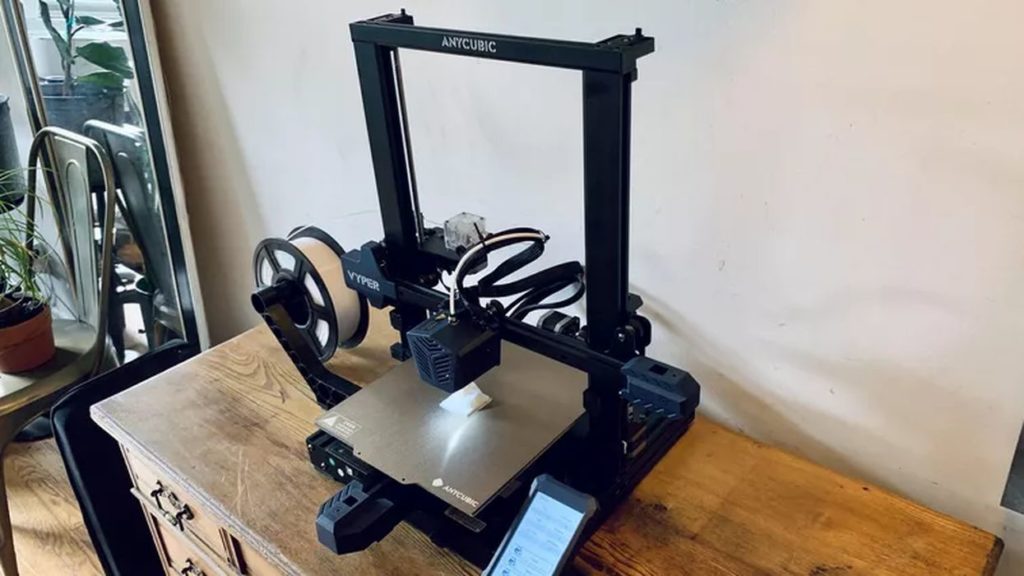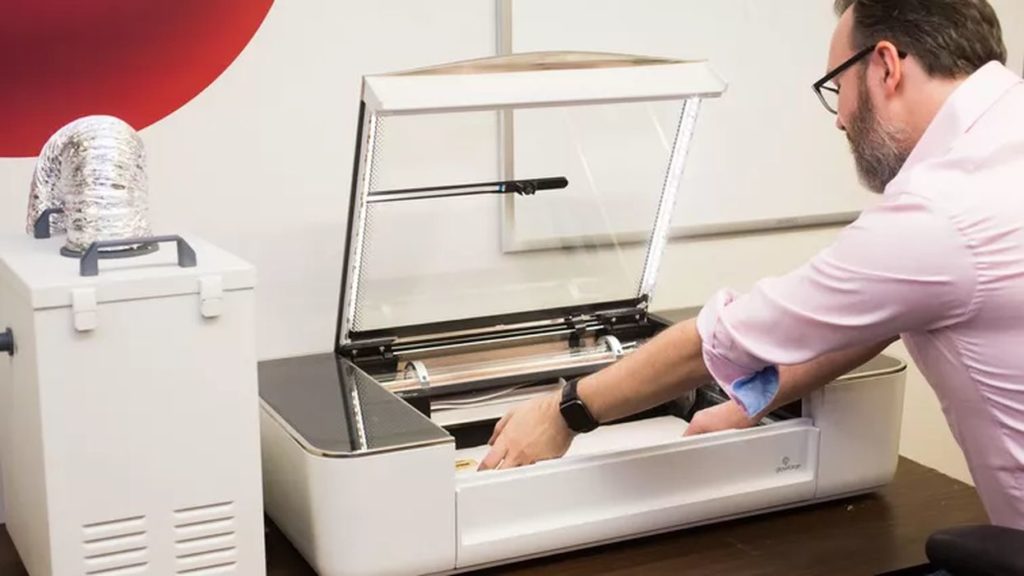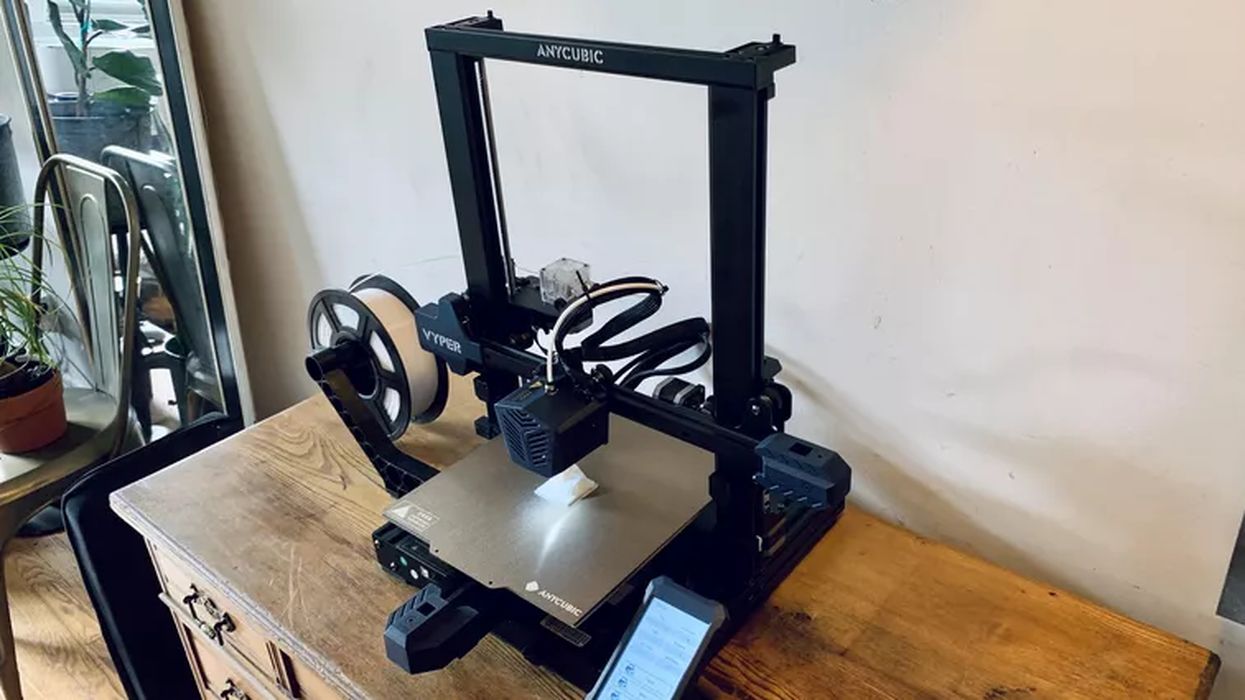
I’ve encountered one of those “Best 3D Printers” stories, and want to tell you why they’re really not informative.
The story in question is entitled, “Best 3D printer for 2022” on CNET. Published a couple of weeks ago, it attempts to describe several 3D printers they feel are “the best”.
I’m a bit skeptical.
One reason for my skepticism is that there is really no such thing as an “ideal” 3D printer. Every purchase is a compromise. To me, the balance that must be evaluated by each buyer involves these three major factors:
- Ease of use — hardware, software, assembly, machine reliability, repairability, post processing, safety concerns, etc.
- Quality of prints — material type, speed of result, surface quality, build volume, strength, electrical properties, etc.
- Cost — machine, materials, tools, secondary equipment, site adaptations, operator time required, similarity to known equipment, etc.
As you can see, it’s not a simple thing to balance. Each individual (or company) could have wildly differing priorities in this list.
For example, a DIY 3D printer enthusiast might value low purchase cost over other attributes, and be able to compromised on print quality.
On the other hand, a business using a 3D printer might not care as much about purchase cost, but be critically concerned with surface quality due to their customer requirements or industrial certifications they must meet.
And so on. Every case will be different.
That’s why the “Best 3D Printer” is not a list to me. Instead, it’s a process. What do you actually need, where are you putting it, and how much can you afford? The answers will vary considerably.
And that’s why there are so many different machines on the market; They are addressing these combinations.
Back to the CNET list.
They have split their winners into a number of categories that don’t make sense to me opposite the process described above. For example, what’s the difference between “Best Out-of-Box 3D Printer” vs. “Best Ease Of Use”? Shouldn’t the “Best For Beginners” be the easiest to use? I am confused.
Their “Best for out-of-the-box printing”, the Anycubic Vyper, is actually a pretty decent machine, as we reviewed it in detail some time ago. However, some of the other selections are a bit baffling.
The da Vinci Jr. 1.0 A Pro from XYZprinting is selected as the best multifunction printer. This means the device can use other tools, such as laser engraving. But what if your multifunction needs required CNC milling? This machine might be completely wrong for some individuals.
The Anycubic Photon Mono X is selected as the best for “mass produced” miniatures. While the Mono X is a great 3D printer, can you really do mass production on it? What does “mass production” really mean? How does this compare with buying several smaller units and operating them in parallel for more throughput?
The Creality CR-30 belt 3D printer is in the “high end” category. While this is a capable device, it is definitely not a high end device, which typically cost many times the price. What does “high end” mean?

The worst recommendation in this article is for the Glowforge, which is not even a 3D printer. It’s a laser cutter, which uses a subtractive — not additive — process to cut or engrave flat materials like wood. The article said it is “good for woodworkers”, which might be true, but it is not a “best 3D printer” by any definition.
I find this type of story on mass media to be quite frustrating, as they may lead to incorrect purchases by the unknowing (and in the process gaining CNET a commission on each sales). While I have no problem on commissions, the advice provided should be better than just a list of seemingly random machines.
Readers might buy a machine only to find it’s not the right machine for them, and their frustration in going through the process may turn them off the technology entirely. Even worse, they may tell others and pass along the incorrect information.
Anyone intending on buying a 3D printer should use a proper analysis process to determine the best option for them. Not for someone else.
Via CNET

